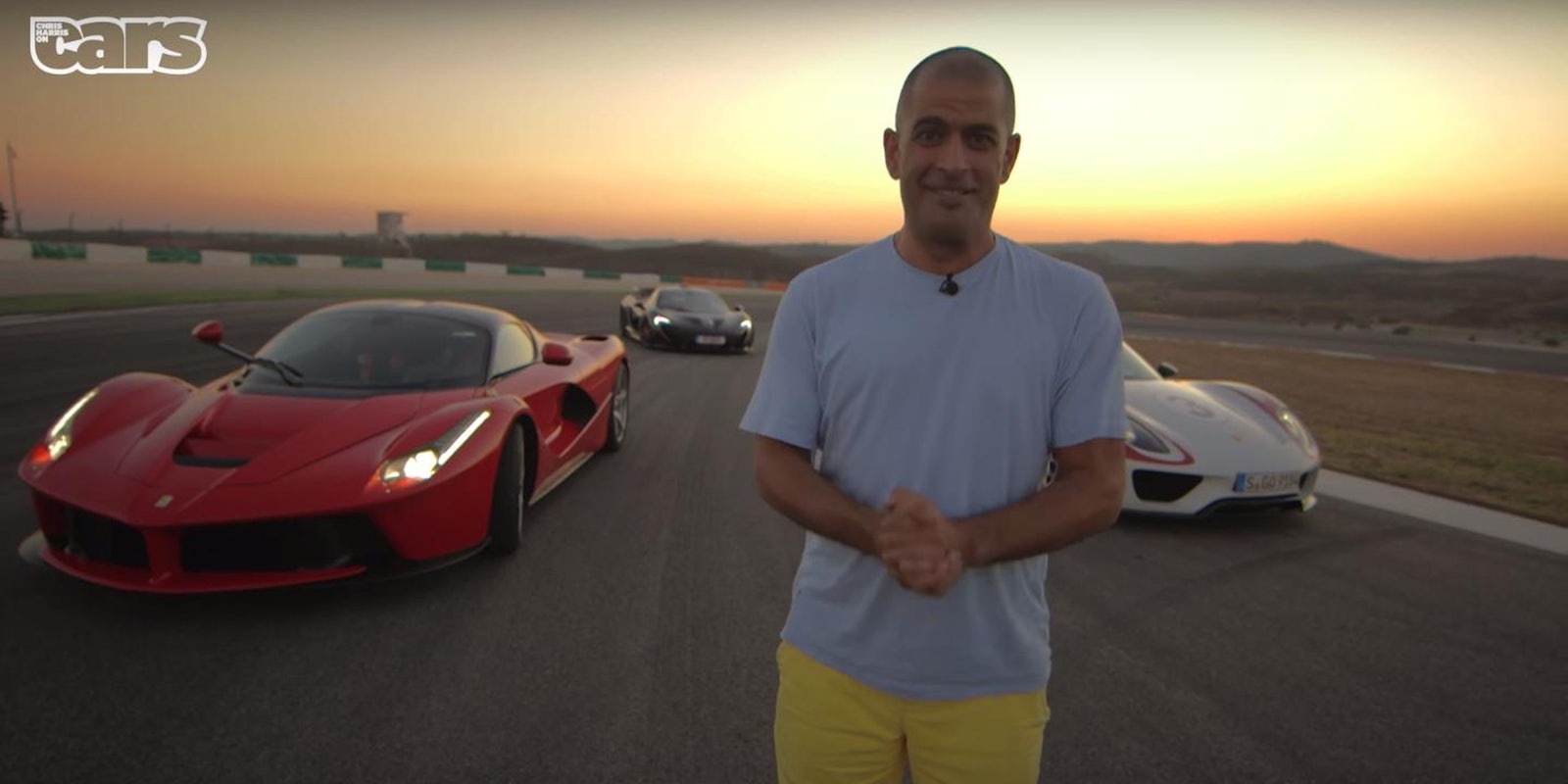BY JUAN BRUCE
The most watched TV show on the planet now has a YouTuber host.
Like many car enthusiasts, I’ve been a fan of Chris Harris since he first started publishing videos in 2007, and now as he joins the BBC’s Top Gear, the world’s most widely-watched factual show, he is a prime example of the blurring boundaries between online and traditional media. The UK’s Telegraph just announced his role, claiming Harris is “virtually unknown.” I’d challenge that assessment. Harris is in fact quite well known in the virtual world, while many millennial viewers might consider the Telegraph “virtually unknown.” By employing the top online automotive video star, the BBC is moving to ensure that next iteration of Top Gear stays relevant and connected to modern viewers.
Working in the online video industry over the past five years, I’ve seen a massive shift in the way traditional media approaches the online medium. In 2010, many traditional media execs questioned the “premium” nature of YouTube content and creators. Premium content, to them, was defined by production techniques, format and first window platforms for the content or talent. In the online world we, of course, tend to look more at audience, engagement, authenticity and impact of social community as a bar for premium.
In those respects, Harris has been premium since day one on YouTube. Harris brought an accessible authenticity to the world of cars that was unheard of in automotive journalism. In a vertical that is often highly crafted by car manufacturer PR people and press junkets, Harris showed his followers the behind the scenes of being a journalist, traveling to the launches, dealing with car company publicists who wanted him to drive specific places and tell specific stories, when he just wanted to take cars to the limit and actually share the authentic experience with followers. You could follow Harris tweeting out a photo of the not-so-glamorous moments waiting for a 5am flight at Heathrow, or an Instagram of his drives around his home town in the U.K. just as much as you could share the excitement of drifting the latest Porsche or Ferrari in an exotic location on YouTube.
Harris doesn’t just tell you every new super car is amazing as many magazines do, he authentically shares the subtle pros or cons of a car regardless of its price tag or what the manufacturer wanted him to say about their latest high-HP marvel. He famously offended Ferrari and was banned from testing their cars. That ban was short-lived because Harris had amassed such a hardcore YouTube following that wealthy Ferrari owners literally started handing over the keys to their brand new toys for the chance at having them featured in a Chris Harris YouTube video. One such video—in which Harris borrows a 458 Spider and drifts the tires off it for the next five glorious minutes —became a car enthusiast cult classic. Ferrari press office took notice of the massive social media that video generated, reversed its ban, and on the next launch literally rented Harris a racetrack and provided five sets of tires for him to put their latest F12 to the test. That’s a triumph of authentic creator and fan following.
And yet, when all that was happening in 2013, the world of online and offline was still divided. That year, I had a conversation with a studio exec about Harris and his incredible Ferrari comeback, and it was the same old, “He’s on YouTube. We’re about ‘premium.’” You know who you are and if you’re reading this today, Harris is going to be on Top Gear, one of the biggest shows in the world. Is that not premium enough?
Read the full article on the Video Ink.
Screengrab via Chris Harris on Cars/YouTube


